Travel: Seven Days in Lamu Archipelago, Lamu County
January 2, 2016 at 4:04 pm Njathika 3 comments
Lamu Archipelago which consists of Lamu, Manda and Pate Islands is perhaps one of the best destinations, if not the best tourist destination, to visit in Kenya. Late last year, end of November and beginning of December 2015, NairobiNow had the chance of visiting Lamu Island to cover the 15th Lamu Cultural Festival. The county has been positioning itself as a destination for festivals under the new county dispensation, partly to prop up with the limited number of tourists who have been flowing to the archipelago due to travel advisories, and also to introduce and possibly increase the number of domestic tourists. During the set of seven days NairobiNow was in the county, we took some time to discover the Lamu archipelago and what it has to offer.
Getting there
There are two ways of getting to Lamu Island; one is by road which should take you approximately 24 hours or more from Nairobi to Lamu, using public means. This mode might also involve taking a stop in Mombasa or Malindi since vehicles connecting to Lamu from either Mombasa or Malindi leave at specific times. The journey by road also has a fair share of roadblocks and the route from Malindi to Lamu involves waiting for Police escort, which you might have to wait at some point. If you choose to use this means, make sure you carry a form of identification, either your national identification card or passport. If you decide to drive yourself, note that you will leave your car at Kikoni, as no cars are allowed at the Island.
A more detailed account of getting there by road has been penned by Safari254.
However, an easier and no frills method of getting to Lamu is by taking a flight which will see you land at Manda Island. There are a number of operators which ply this route with the latest entry being the low cost carrier, JamboJet flying to and from Lamu at least once a day from JKIA. If you book really early you will enjoy competitive prices. Other carriers, which operate from Wilson Airport, are Fly540 and Safari link. The latter usually cater for charted flights and might be ideal if you wish to fly directly to Manda Bay, a private resort within Manda Bay.
Once you land in Manda Island, you will take a boat that should take you across the strait to Lamu Island that is if you are staying in Lamu town. Alternatively, if you are staying in Shela village, which is still on Lamu Island but a little further away, in an area that has got private villas and is opposite the famous Majlis Hotel.
Lamu Island
If you are travelling to the archipelago and you need to really immense yourself into the culture and traditions of the island, Lamu Island is the place you need to stay. However, during the festivities, as was our case, it can get a little noisy especially if you are staying near Mkunguni Square – the space in front of the Lamu Fort where all the action happens.
Where to Stay within the Island
There are a number of establishments within the Island, where one can stay and with exquisite views of the ocean such as the well-priced Petleys Inn to the more cost friendly establishments such as Jambo House.
Subira House
However, for an unforgettable stay within Lamu town, Subira House is a highly recommended home away from home. The house used to be a Liwali House. Liwali is equivalent to a present day Governor, used to be the representative of the Sultan of Zanzibar, when the island used to fall within the ambit of Sultanate of Zanzibar. The house is behind the Lamu Fort and the current owners Christina and Paul Aarts, from Sweden and Netherlands respectively, have owned the house from 1991 and have renovated the joint, adding a few floors as well, but retaining the essence and soul of the initial structure.
Christina and Paul Aarts, who met in Pate Island in 1975 and later resettled permanently to the Island in the early 1990’s are also extremely well acquainted with the local Swahili Culture and are deeply involved in efforts to preserve and maintain the Archipelago’s unique ecosystem, through initiatives such as Save Lamu.
Subira House has an excellent garden and nice lounges, outside the rooms, where one can read from and also boasts of a number of books, although most of them are Swedish. The rooftop also provides an excellent vantage point to catch the sunrise – instead of walking all the way to the jetty.
What to do while in Lamu Town
Lamu is more than the Old Town, the Museum and Swahili House
A few residents who are lived within the archipelago will indicate to you that Lamu is more than the Old Town, the Museum and Swahili House.
Old Town
Lamu was declared a UNESCO World Heritage site in 2001 because of the Old Town. Therefore, it is quintessential to have a guided tour around the Old Town, if you are staying in Lamu. The Old Town has unique architectural designs and narrow streets that one can easily get lost and as such one ought to have someone who knows the place. However, should you wish to take a walk, you will find the locals are more than eager to assist you, should you get lost in the puzzle that are the narrow alleys that form patterns similar to a maze.
18 Century Swahili House Museum
Near the Old Town is a typical 18th Century Swahili House, which was refurbished by proceeds from Museum Society and funds from the Swedish government, currently it is operated by the National Museums.
The Swahili House showcases how typical well off Swahili family lived and the resident curator and guide offer’s visitors with an elaborate account and explanation to boot.
Entry to this house is KES 100 and the money is paid at the Lamu Museum.
Lamu Museum
Without a doubt, Lamu Museum is one of the places worth visiting in Lamu town; the museum is very well maintained and features Swahili artefacts excavated from the early coastal settlements found within the archipelago dating back as early as the 9th Century to items that might have been found in a Swahili home.
There is also an exhibition currently running at Lamu Museum on Muhamadi Kijuma, a poet, writer, scholar and interpreter. Kijuma, who was born in Lamu around 1855, worked closely with the Germans in the late 18th Century/early 19th Century as an interpreter. This fascinating exhibition, which among other things features poetry frontispiece to the edition, ‘The Advice of Mwana Kupona upon the Wifely Duty’ published in 1934.
This exhibition was been running from the year 2007, when it was officially opened by the then German Ambassador Walter J. Lindner and Suleiman Shakombo, then Minister for State and National Heritage.
The Museum also showcases the Indian Ocean Trade routes and how Lamu featured in that equation, mainly the supply of Ivory and Rhino horns. The first floor also a well curated section on the Marine Industry of Lamu over the centuries, from the designs and replicas of Dhows that once plied to Arabia and Indian but now operate along the East African Coast.
Others
Other equally important and fascinating places to visit in Lamu town are;
a. The German Post Office Museum,
b. The American Corner,
c. Lamu Fort,
d. Donkey Sanctuary
There is nothing to write home about the German Post Office, however, if you are a German then perhaps the one room on the alleys of Lamu might prove to be sentimental. An entry of KES 100 is charged to see this room.
Surprisingly enough, within Lamu, there is an American Corner! The Library and well stocked resource centre has materials on the good old US of A. This is an ideal place to read from and possibly read your mails from. They have some functional WiFi.
The Lamu Fort presents the perhaps the vestiges of yesterday years, from the canons that sit outside the fort and present the superior firepower of yesterday years to the Fort that used to be the seat of the Governor who was a representative of the Sultan of Zanzibar in the Archipelago. The Fort does not have a lot running but it is usually the venue for most of the official functions carried out by the county government with the area in front of the Fort, Mkunguni Square, serving as the Town’s Public Square.
Since the mode of transport on the Island is donkeys, it only makes sense to have a donkey sanctuary. The town has a donkey sanctuary near the American Corner facing the Seafront where old and rescued donkeys are brought. The centre also serves to encourage good treatment of ‘man’s best friend’ in the Island!
What NOT to do while in Lamu Town
Lamu town is inhabited by people from all walks of life but it is predominantly a Muslim town and as such one is expected to maintain good etiquette, dressing modestly and not drinking beer in public.
Shela Village
Shela Village, which is still located on Lamu Island, unlike Lamu town, is dotted by villas and vacation homes owned by the rich and famous. It is reported that one of the private residencies along the Shela beachfront is owned by an aristocrat from Monaco. As such, the conservative traditions which might apply in Lamu town, do not necessarily apply here especially on the private properties and villas.
Where to Stay in Shela
There are a number of establishments to choose from in Shela, from the villas which dot the beachfront to Forodhani House. Also, across Shela Village on Manda Island is Maljis Hotel.
What to do in Shela
There is a lot to do in Shela Village from swimming and/or walking on the immaculately clean and clear beach to viewing the sand dunes that have formed near Shela Village.
During the morning and the evening, one can take a dhow cruise to watch the sunrise and sunset in the evening you can enjoy a drink either at Peponi Hotel and/or club hop across the channel to Majlis Hotel on Manda Island. There is also the much talked about Floating Bar near Shela Village, which practically there is nothing to write home about apart from catching up on the latest gossip in town – most of the boat captains unwind there as well as they wait for their late night passengers!
Other things one can indulge in are taking a cruise to Takwa, on Manda Island, and visiting the Takwa ruins, one of the early Swahili settlements along the archipelago and probably hiking and picnicking on the Sand dunes.
Manda Island
Manda Island has a few high end hotels on the beach opposite Shela Village with Majlis Hotel getting has high as they come. It is reputed that when the political class comes calling in Lamu, they stay at Majlis Hotel.
Manda Bay
However, should you prefer a more exquisite high end address while in Lamu archipelago, then Manda Bay is highly recommended. Manda Bay, which is around 20-30 minutes from Lamu town, can be described as a hidden gem within the archipelago.
Manda Bay not only provides one with a unique private beach for one to indulge oneself with, it also has Buffaloes a short distant from the resort. The population of Buffaloes, estimated to be around 50, are said to have crossed to the Bay, when the water levels permitted them to cross to the Bay. Fuzz, the proprietor, takes care of the Buffaloes by providing them with water, Manda Bay has problems with fresh water, and in drier times he provides them with hay.
Fuzz Dyer, also serves as the chair of Lamu Tourist Association, and has a private airstrip on the bay. The resort can also organize flights in and around the archipelago for its guests.
What to do in Manda Bay
Apart from viewing the Buffaloes, which like clockwork come to take water around 5.30 pm, one can also visit the 9th Century Ruins on the Bay, Manda Ruins which were occupied by people before they moved in to current Lamu town due to lack of fresh water.
For the more adventurous folks, they can organize to visit Pate Islands from the resort and visit Shaka la Paa at around 6.30 to view birds which come to rest in evenings in that particular area.
Notes
1. The ride from Manda Island to Lamu Island and/or Shela Village will cost you roughly KES 500-1000 (if travelling alone in a boat). If you are boarding a boat with many people, this cost reduces drastically. The best thing is to ask beforehand or to ask the hotel to make arrangements for you.
2. Accommodations range from as low as KES 1,500 to KES 10,000 for Bed and Breakfast. Also, depending on the season, in this case, if there is a festival in town or not with prices being more affordable when there is no festival in town.
3. For more information on Subira House, download the guide to Subira House (pdf).
4. Entry to the 18th Century Swahili House is KES 100 and the monies are paid at the Lamu Museum before proceeding to the Swahili House. The same cost applies for residents to enter the Lamu Museum and the German Post Office Museum.
5. There are motorboats that operate from Lamu town to Shela village/beach. They charge KES 100 per person sharing with other persons and can also be hired starting from KES 500-1000.
6. View complete list of festivals and their dates
Entry filed under: review, Tembea Kenya Series, Travel. Tags: Ambassador Walter J. Lindner, lamu, Lamu Archipelago, Lamu County, Manda Bay, Manda Island, Muhamadi Kijuma, Pate Island, Shela, Shela Village, Subira House, Tembea Kenya, the Island of Festivals.
3 Comments Add your own
Leave a comment
Trackback this post | Subscribe to the comments via RSS Feed
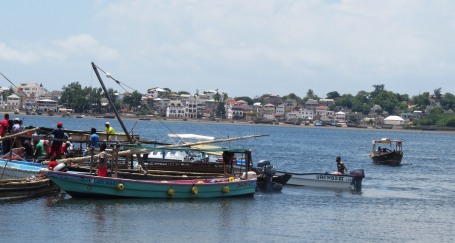
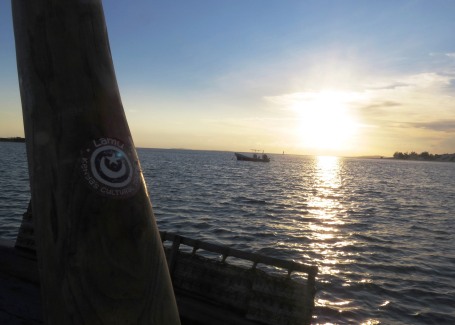
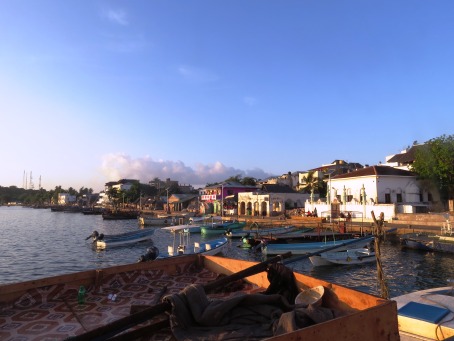
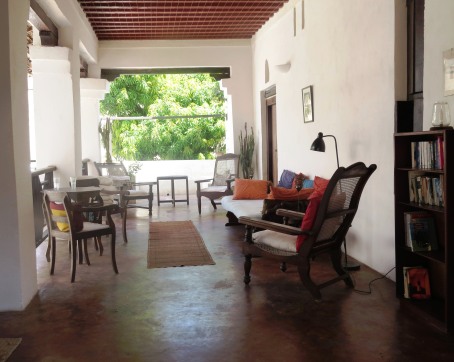
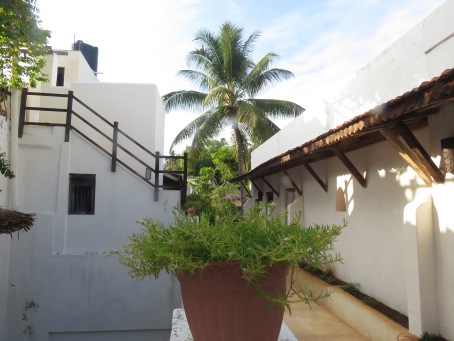
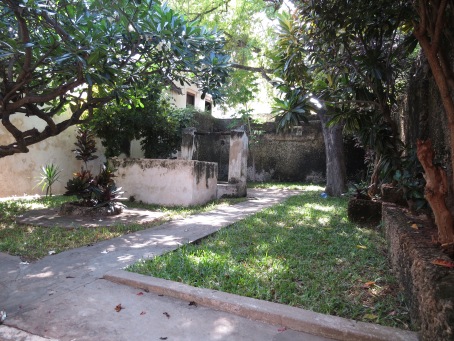

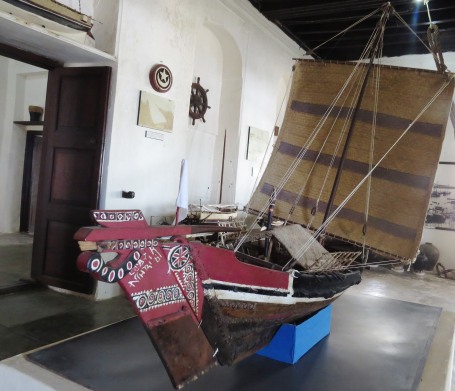
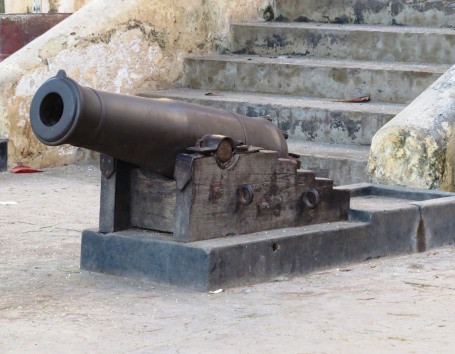
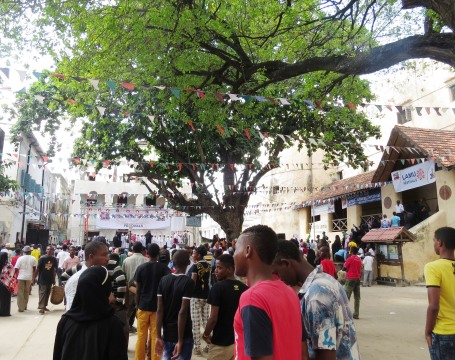
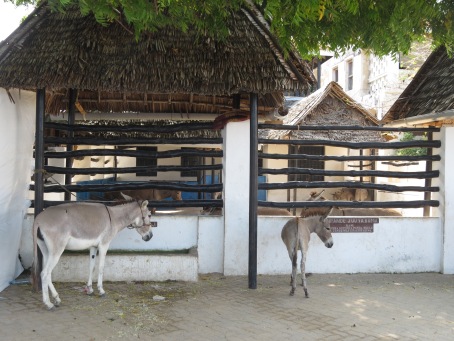
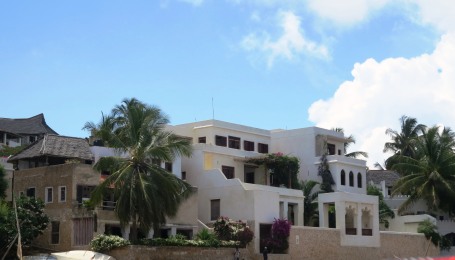
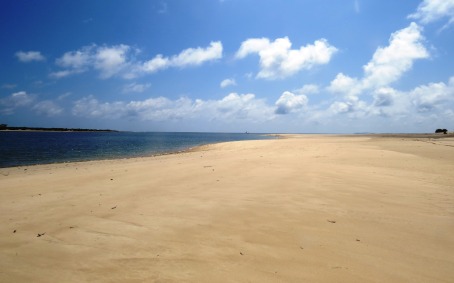

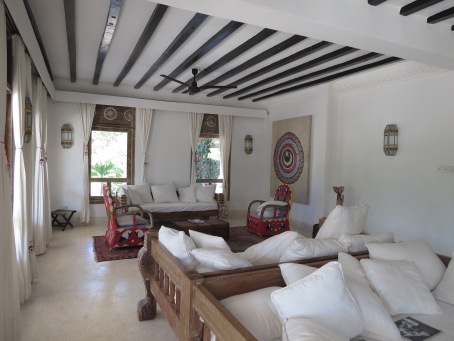
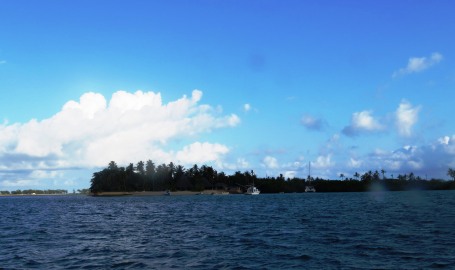
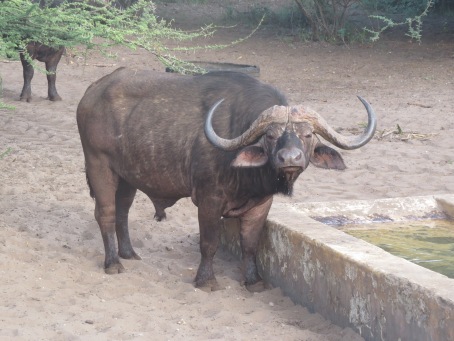
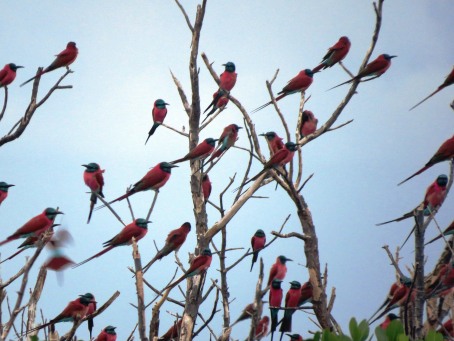
1. Out of Town: Lamu Festival Calendar for the Year 2016 @ Lamu Archipelago – Lamu County | Nairobi Now :: arts, culture and events | January 21, 2016 at 12:16 pm
[…] Visiting Lamu for the first time? Read the Nairobinow’s travel write-up. Seven Days in Lamu Archipelago, Lamu County […]
2. Out of Town: 17th Lamu Cultural Festival, Nov. 16-19 2017 @ Lamu Island | Nairobi Now :: arts, culture and events | November 13, 2017 at 1:12 pm
[…] Travel: Seven Days in Lamu Archipelago, Lamu County […]
3. Out of Town: 18th Lamu Cultural Festival, Nov. 22-25 2018 @ Lamu Island | Nairobi Now :: arts, culture and events | November 14, 2018 at 3:21 pm
[…] Travel: Seven Days in Lamu Archipelago, Lamu County […]